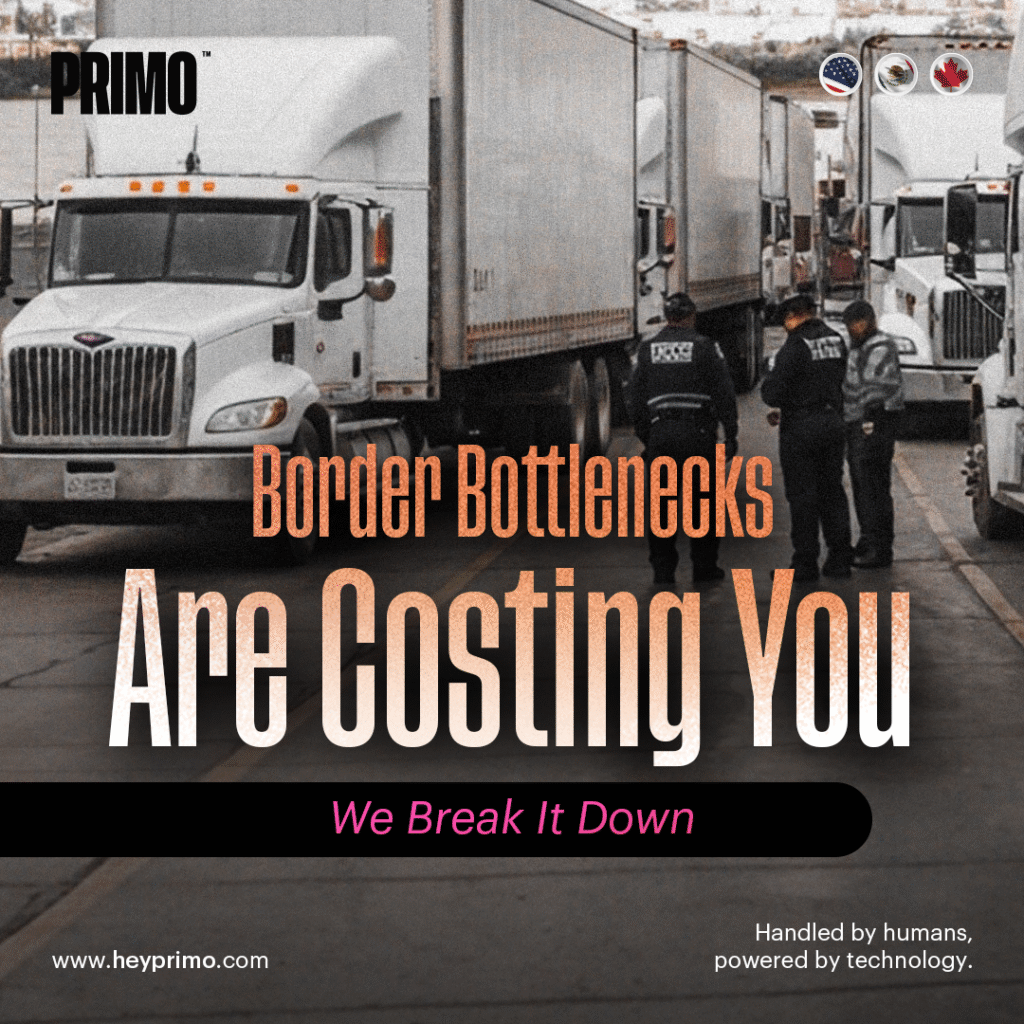
Shippers navigating cross-border shipping in H2 face a shifting environment marked by rising freight volumes, tighter regulatory oversight and infrastructure that was not designed for current demand. The interconnected economies of the U.S., Mexico and Canada depend on the seamless flow of goods, but the system is under pressure. Delays, rising costs and operational complexity are now common. Industries like home-decor-ideas are especially impacted, as they rely on timely deliveries and seasonal inventory cycles.
As FreightWaves notes, “cross-border freight is a complex and dynamic environment that requires careful coordination and proactive planning.” This complexity is increasing as companies shift production closer to North American markets.
Manufacturing realignments and sourcing changes are intensifying the pressure. As more companies nearshore operations, demand for capacity at border crossings and supporting infrastructure has grown rapidly. Cross border freight is no longer a niche concern. It is now a core challenge for supply chain leaders across the continent.
Cross-border inefficiencies are not just inconvenient. They directly affect delivery timelines, cost control and operational performance. Logistics professionals must understand how these strains will impact their networks and take action to reduce exposure.
Nearshoring Is Driving Volume Through Mexico
Nearshoring has surged, with Mexico becoming a preferred destination for manufacturers seeking proximity to U.S. markets. This shift is especially evident in industries like automotive and electronics, where predictable lead times are critical. The influx of goods is overwhelming ports like Laredo and El Paso, creating congestion that slows down supply chains.
These changes are reshaping how companies manage cross border freight. Traditional freight corridors are growing more congested, and infrastructure expansion has not kept pace with the spike in volume.
Infrastructure and Regulation: Two Major Bottlenecks
While freight volumes rise, border infrastructure remains outdated. Facilities lack the scale and technology to process the growing number of daily crossings efficiently. This leads to persistent delays at key ports of entry.
Regulatory complexity compounds the issue. Despite the USMCA’s efforts to streamline trade, customs processes remain fragmented across the U.S., Mexico and Canada. Documentation standards, product classifications and compliance requirements vary, creating friction that slows freight movement.
Shippers must work with partners who understand these regulatory nuances and can move freight across borders without error or delay.
Technology and Modal Flexibility Are Now Essential
The current environment requires more than capacity. It requires precision and adaptability. As truckload markets tighten and delays become more frequent, companies are turning to more flexible strategies.
These actions help reduce risk and maintain control in a volatile shipping environment.
Plan Ahead to Stay Ahead
The second half of the year brings seasonal volatility, including peak shipping windows, holiday surges and unpredictable weather. To navigate successfully, shippers need to plan proactively and build flexibility into every shipment.
Historical data and predictive tools offer valuable insight into lane-level risks and seasonal trends. By analyzing past performance, shippers can anticipate bottlenecks and reroute before delays occur. This kind of planning turns uncertainty into a strategic advantage.
Freight insurance is another critical consideration. High-risk regions, particularly in northern Mexico, continue to report cargo theft and disruption. Working with certified carriers and securing proper coverage can protect both cargo and budgets.
Consolidation Offers Competitive Advantage
Many shippers are consolidating logistics functions—warehousing, transportation and customs brokerage—under a single provider. This approach simplifies oversight, improves coordination and reduces handoffs that often lead to miscommunication or errors.
Strategically placed distribution centers near borders, such as in Laredo or Nogales, allow for faster transloading and quicker access to domestic markets. These hubs act as buffers, enabling just-in-time delivery and reducing last-mile costs.
Transloading services also offer load flexibility, allowing freight to switch modes or equipment as needed. This adaptability is especially valuable when truckload capacity is tight or intermodal lanes offer better pricing and availability.
Take Action: Strengthen Your Cross-Border Strategy
To stay competitive in today’s cross-border environment, shippers should:
These steps help transform cross-border shipping from a challenge into a strategic advantage.
Choose a Partner That Prioritizes People and Performance
Cross-border freight is not just about moving goods. It is about doing so with precision, flexibility and confidence. Shippers need partners who understand the intricacies of customs, who operate with transparency and who can integrate warehouse distribution, truckload transportation and intermodal logistics into a single solution.
PRIMO delivers a human-first approach to freight. We combine real-time tracking, licensed customs brokerage and bilingual support with strategically located border infrastructure. Our transloading services and end-to-end supply chain visibility ensure your freight moves with speed and certainty.
Connect with a PRIMO team member to take command of your cross-border logistics strategy today.